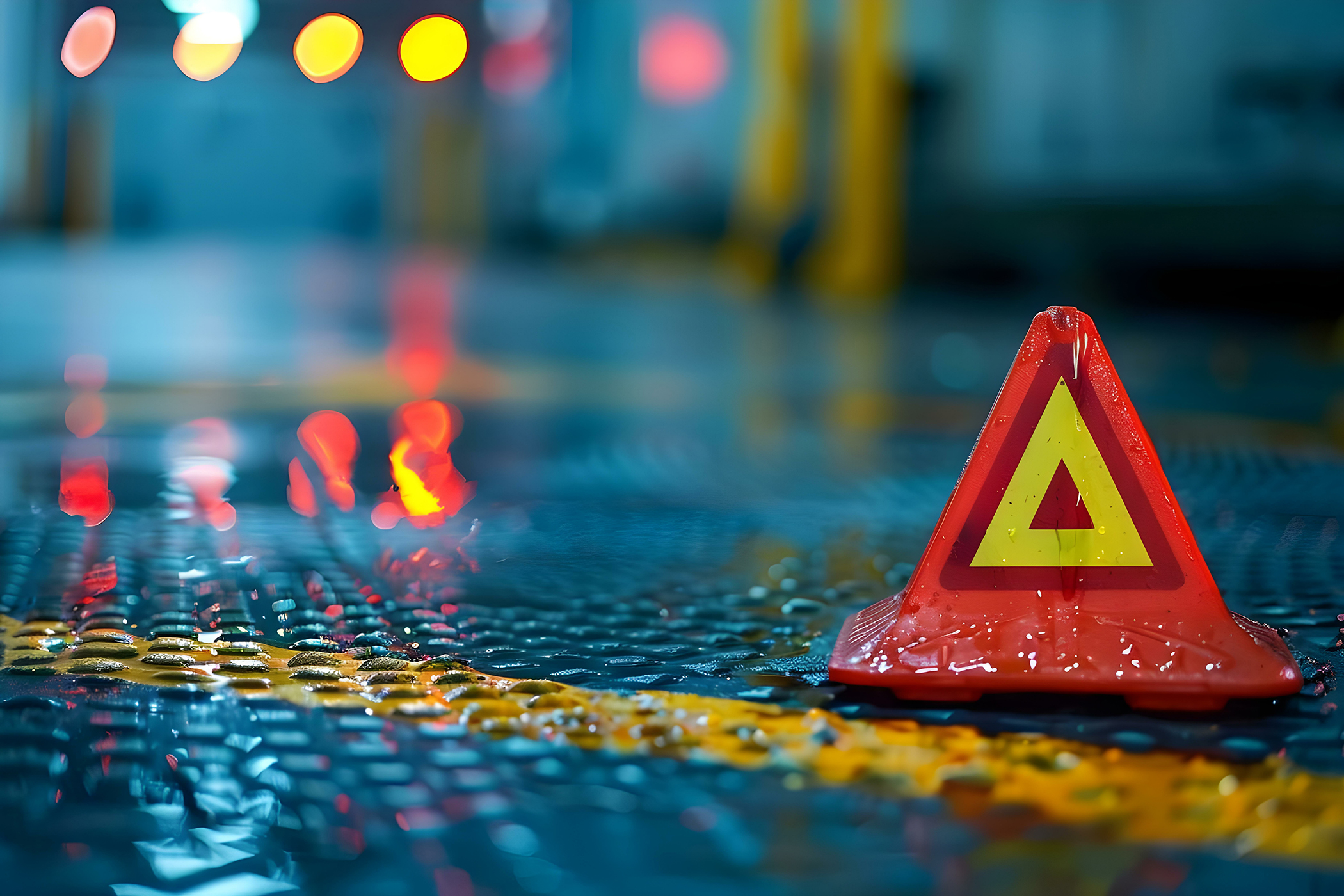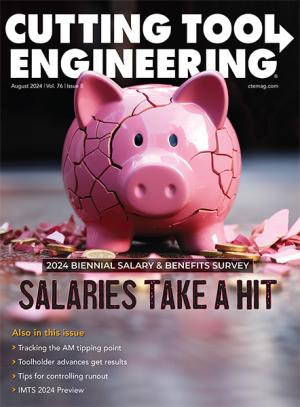By Nick Warrick
Metalworking is integral to many industrial processes, such as manufacturing, construction, maintenance and automotive repair. Metalworking trades play a skilled role but are exposed to higher than average levels of occupational health and safety hazards. Working with metals exposes workers to potentially serious injuries and long-term health risks. Metal shards can cause permanent eye injuries or blindness; toxic dust and fumes pose a danger to the lungs if inhaled, and the high temperatures that are often involved in metalworking can cause severe burns and skin damage.
Protecting metal workers from these hazards requires constant vigilance and the use of personal protective equipment (PPE) on the site or shop floor. Training in safe operating procedures is also crucial so that employees always follow these procedures. Although there are many potential dangers to health and safety in the metalworking industry, it is possible to manage these risks effectively, and this article will outline the common hazards and proven strategies to help keep workers safe.

Identifying Risks
Some of the significant health and safety hazards associated with metalworking include:
- High temperatures. There is a severe risk of fire and burning caused by open flames, hot materials and sparks.
- Combustible metal dust. Metal dust in the air can explode or ignite in certain circumstances, causing severe injuries.
- Fumes and gasses. Welding can produce toxic fumes and gases that contain harmful compounds that can cause serious lung damage and illnesses when inhaled over prolonged periods.
- Injury. Metal workers are at high risk of injury from handling sharp metal and hot metal debris. Cuts and eye injuries are common.
- Hand injuries from handling metal materials are the most common among metalworkers. Sharp metal edges and metalworking tools can easily slice or puncture the unprotected skin on the hands.
- Eye injuries are the next most common among metalworkers. Flying metal fragments or debris kicked up by machinery can easily cause damage to unprotected eyes.
- Lung damage is another common problem for metalworkers. Inhaling metal dust particles can cause them to penetrate deep into the lungs, causing severe damage with prolonged exposure. Iron dust can lead to siderosis — “welder’s lung” — while cobalt, chromium and nickel dust have been linked to chronic obstructive pulmonary disease. In addition, fumes from welding contain fine and ultrafine particles that can reach the distal airways in the lungs, increasing the risk of respiratory diseases such as lung cancer, asthma and pneumonia. Stainless steel welding fumes are particularly dangerous and are classified as Group 1 carcinogens by the IARC (International Agency for Research on Cancer).
Essential Safety Tips
There are several ways the workplace can be made safer for metalworkers:
Wear cut-resistant gloves when handling sharp metal pieces, and use face shields, goggles, leather aprons and other Personal Protective Equipment (PPE) as required for specific metalworking tasks. Also, ensure no loose clothing or jewelry is worn as they could get caught in machinery.
Keeping the workplace clutter-free helps prevent tripping and falling, and ensures easy access to fire extinguishers and first aid kits. When cleaning metal debris, use brushes or vacuum cleaners — never compressed air.
Maintain all equipment to the manufacturer’s specifications and ensure machines are never operated without safety guards or shields.
Ensure the work areas are well ventilated to reduce metal dust and fumes. If necessary, wear respirators.
Regular training on safety and recognizing workplace hazards can reduce workplace injuries. Training in the safe operation of machinery is also essential. Metalworkers need to understand the risks, spot potential hazards, and handle materials and machinery safely.
Prioritizing Safety
The first step in prioritizing safety is to recognize and assess the risks in the workplace and identify potential hazards by conducting a comprehensive risk assessment. Workers need to feel that their safety is a priority, and this can be accomplished by providing appropriate PPE, offering regularly updated safety training, and training workers on emergency procedures, so they always know exactly what to do in an accident or emergency.
Engineering controls should be implemented for workers’ safety and comfort. Local exhaust ventilation and downdraft benches can be installed to control exposure to harmful dust and fumes, and machine guards and barriers can restrict access to hazardous areas and machinery while keeping all work areas free of clutter and clear of obstacles. Lastly, encouraging employees to engage and participate in safety programs and initiatives can make a huge difference and help workers feel safe and valued.
Challenges
One of the significant challenges, especially in smaller metalworking companies, is the need for a strong safety culture and the commitment from the management team toward adequate safety training and safe operating procedures. The lack of a strong safety culture often leads to complacency, taking shortcuts and increased accident rates.
Without an exemplary commitment to safety, some workers can perceive that adhering to safety standards and procedures makes their job harder and makes every task take longer. Traditional mindsets can make it challenging to implement new safety equipment and procedures. Implementing and enforcing a comprehensive safety program with the necessary training is crucial, but these challenges effectively require collaboration in fostering a positive safety culture.
Another challenge can be the initial investment required. Many companies worldwide have been feeling the pinch in recent years with reduced profit margins. There can be a temptation to spend the bare minimum on safety that will satisfy regulatory requirements. However, this will likely cost more long-term as safety regulations constantly evolve. Hence, a proactive long-term approach makes more sense than simply reacting to the latest regulation.
The management team must visibly prioritize safety as a core value to overcome the initial challenges in setting up a good safety culture. Management should establish clear safety policies and procedures while actively participating in safety meetings and leading by example through their behavior. A comprehensive training program should form a core part of any safety culture. Sufficient resources must be allocated for safety equipment and training to ensure all employees receive ongoing training in the proper use of equipment and safe operating practices.
Related Glossary Terms
- burning
burning
Rotary tool that removes hard or soft materials similar to a rotary file. A bur’s teeth, or flutes, have a negative rake.
- metalworking
metalworking
Any manufacturing process in which metal is processed or machined such that the workpiece is given a new shape. Broadly defined, the term includes processes such as design and layout, heat-treating, material handling and inspection.
about the author
Nick Warrick is the Sales Manager at All Seasons Uniforms (www.allseasonsuniforms.com). With over 15 years of experience in the work uniform business, he has worked with over 100 clients across 20 different industries.







